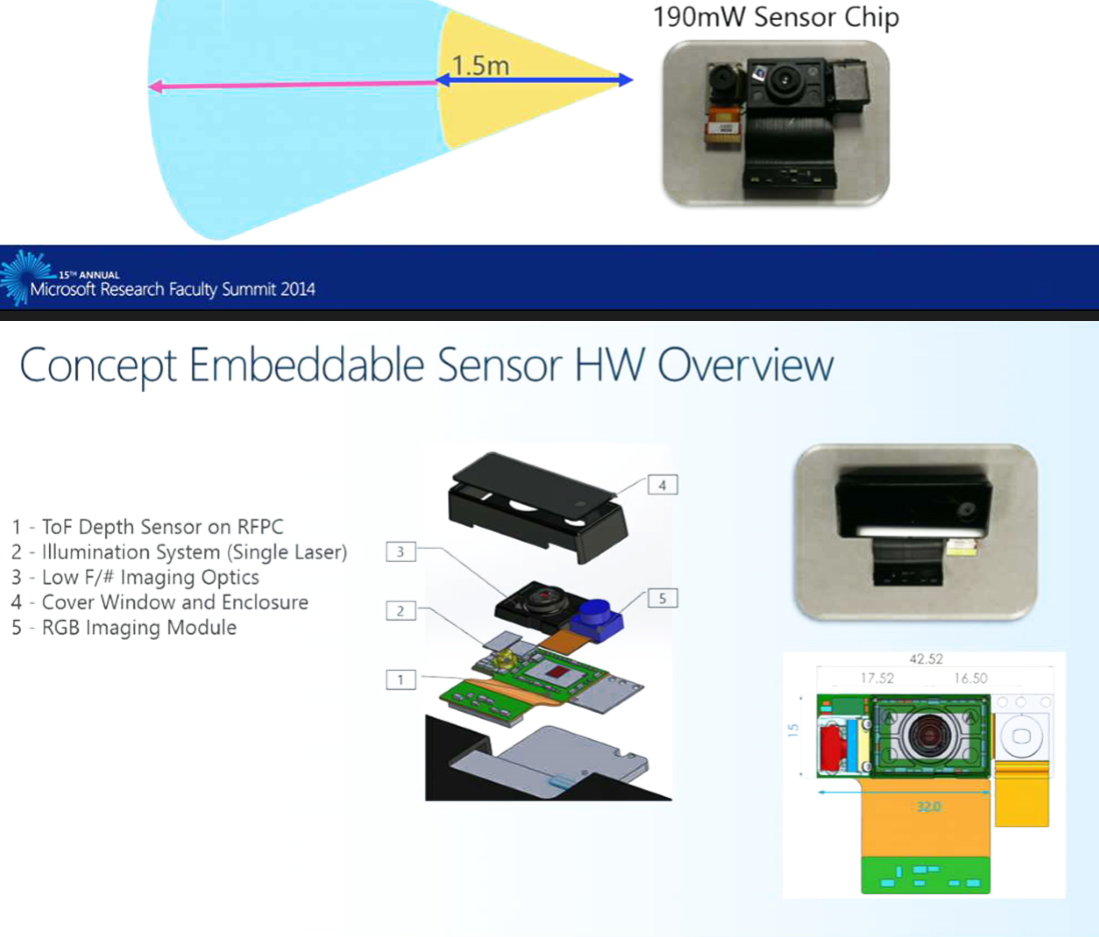liquidboy
Regular
In my opinion, and I believe a couple of Journalists picked up on it, is that there are 3 parts to the HoloLens story...
1. WinRT API/Framework/SDK/Holographic OS (Windows 10)
2. Holographic Studio
3. HoloLens that is the showcase for the above 2.
1 & 2 above will hopefully attract some glass, ar/vr, visual aide OEM's ..
Right now there are several high profile solutions going on in the world, including Occulus. Their building their own software/hw stacks .. Some will go with their own custom OS's, others leverage existing ones (Linux/android etc) ...
Hopefully this will spur some of the to go Windows 10?!
Also these other solutions will need to build complete ecosystem of software to drive their glasses, MS could do well trying to sell their Windows Store, Universal Apps, WinRT api, Visual Studio/Holographic Studio story to them ..
After all it is in MS's best interest to have this industry thrive, not just their Hololens BUT everyones solutions..
One of these solutions my succeed and hit a nerve and get hundreds of millions of people to buy glasses... MS should try everything to get these glasses to be on Windows 10 etc...
Then ofcourse we have HoloLens itself, the perfect implementation of the HolographicOS/ APi stack and Windows Store of Universal Holographic apps.... This will show the other ar/vr OEMs how its done ...
MS are doing well setting the bar for it's tablet/mobile OEM's with Surface/Lumia ... this HoloLens could do the same...
Well that's my perspective on this...
p.s. I've seen the WinRT api's that I believe are the foundation for HoloLens, and its nice and similar to the Kinect API's... It's pretty generic hopefully it does convince other AR/VR to place their bets on the Windows 10 stack ...
1. WinRT API/Framework/SDK/Holographic OS (Windows 10)
2. Holographic Studio
3. HoloLens that is the showcase for the above 2.
1 & 2 above will hopefully attract some glass, ar/vr, visual aide OEM's ..
Right now there are several high profile solutions going on in the world, including Occulus. Their building their own software/hw stacks .. Some will go with their own custom OS's, others leverage existing ones (Linux/android etc) ...
Hopefully this will spur some of the to go Windows 10?!
Also these other solutions will need to build complete ecosystem of software to drive their glasses, MS could do well trying to sell their Windows Store, Universal Apps, WinRT api, Visual Studio/Holographic Studio story to them ..
After all it is in MS's best interest to have this industry thrive, not just their Hololens BUT everyones solutions..
One of these solutions my succeed and hit a nerve and get hundreds of millions of people to buy glasses... MS should try everything to get these glasses to be on Windows 10 etc...
Then ofcourse we have HoloLens itself, the perfect implementation of the HolographicOS/ APi stack and Windows Store of Universal Holographic apps.... This will show the other ar/vr OEMs how its done ...
MS are doing well setting the bar for it's tablet/mobile OEM's with Surface/Lumia ... this HoloLens could do the same...
Well that's my perspective on this...
p.s. I've seen the WinRT api's that I believe are the foundation for HoloLens, and its nice and similar to the Kinect API's... It's pretty generic hopefully it does convince other AR/VR to place their bets on the Windows 10 stack ...


